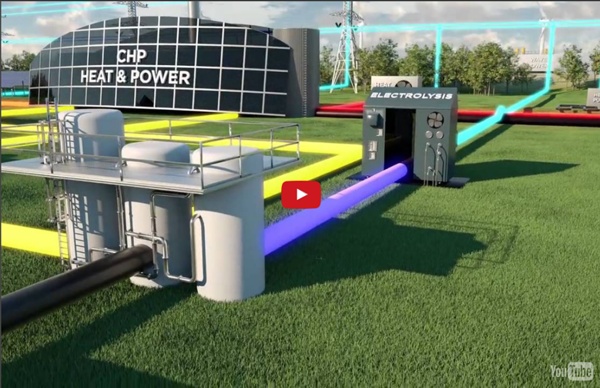Smart Energy Systems: 100% Renewable Energy at a National Level (Full Version)
שיתופי פעולה עם האיחוד האירופי - משרד התשתיות הלאומיות, האנרגיה והמים
האיחוד האירופי פועל לקידום אנרגיה נקייה וצמצום פליטת מזהמים משריפת דלקים ומיצור חשמל. האיחוד חיבר אמנה (The Covenant of Mayors - COM) עליה חתמו כבר מעל 8000 ראשי ערים, שהתחייבו להוביל תהליכים לעידוד אנרגיה נקייה והתמודדות עם פליטת מזהמים ההתחממות הגלובלית. האיחוד האירופי החליט להרחיב את פעילותו אל מחוץ לגבולות אירופה ולאפשר למדינות באגן הים התיכון להצטרף למיזם ייחודי זה. אזור הים התיכון הינו אזור צפוף יחסית, בו מרבית התושבים גרים בערים צפופות. במסגרת פעילות זו פורסם בתחילת השנה קול קורא לארצות אגן התיכון. כמו כן הוקמה מנהלת CES MED. בתחילת השנה חתמו ראשי העיר של ראש העין ,רמלה ושפרעם על האמנה והתחייבו להפחית את הפליטות בתחום העיר ב 20% עד לשנת 2020. כמו כן האיחוד האירופי הקים מיזם אזורי לקידום התייעלות אנרגטית בתחום הבנייה ושימוש באנרגיה סולארית במבנים - MED-ENEC.
Related:
Related:




It is a little long, but a great plan for an overall energy production from multiple sources. by joannaas Apr 19